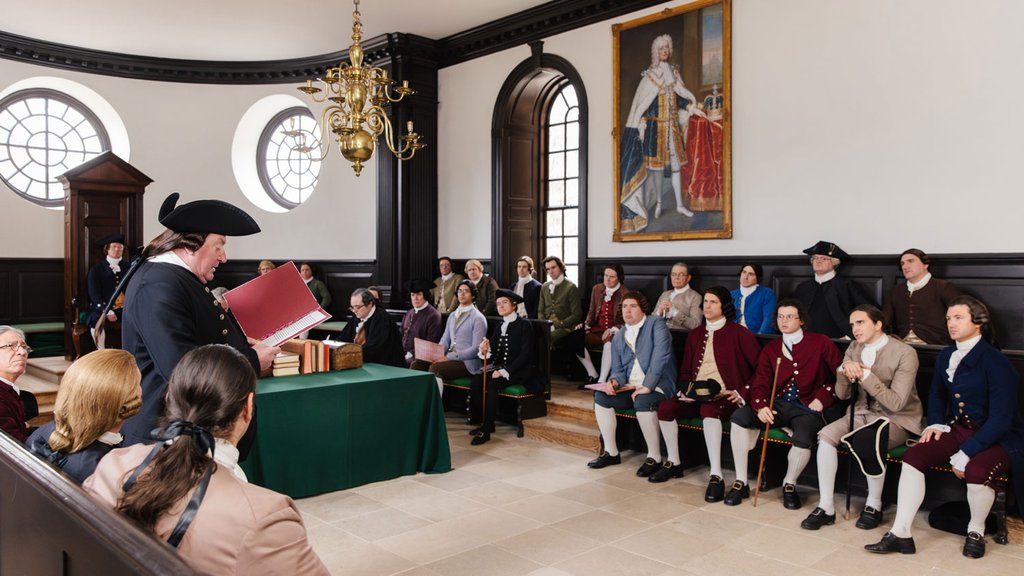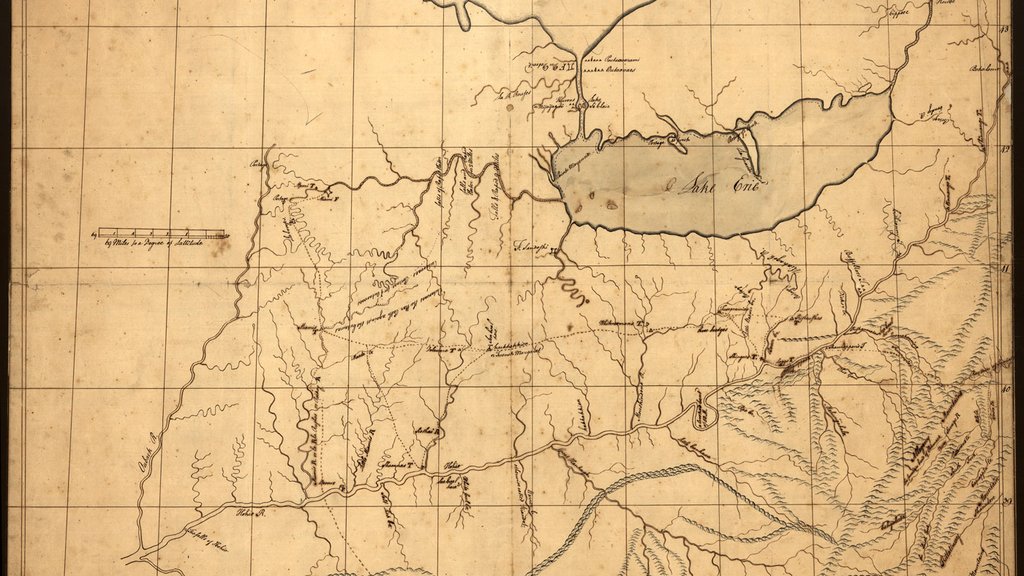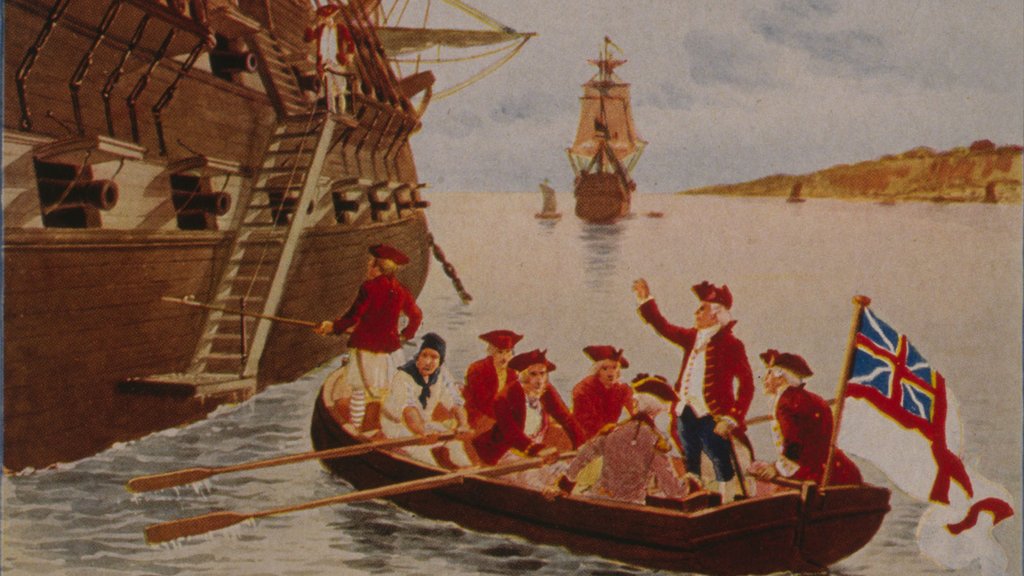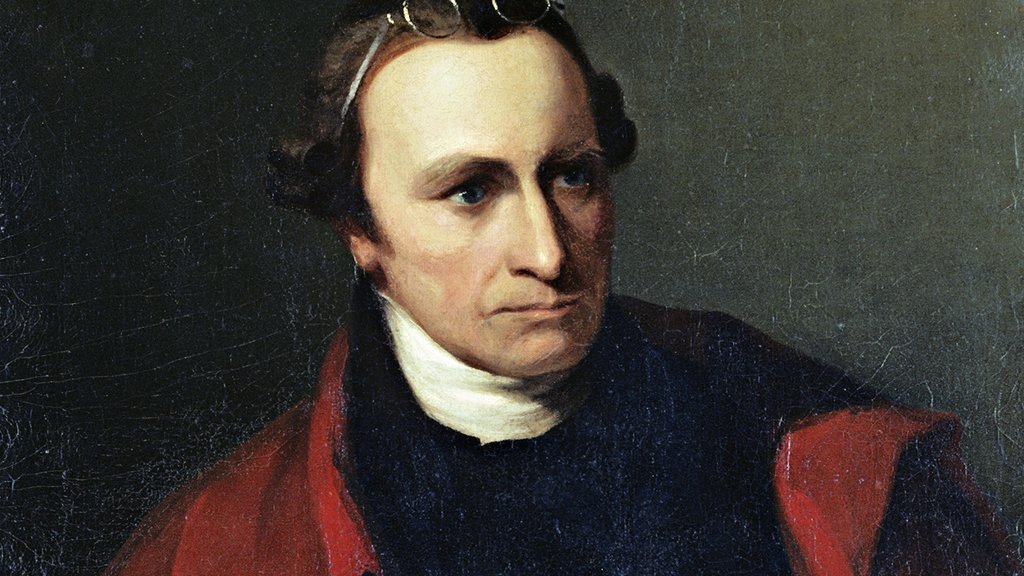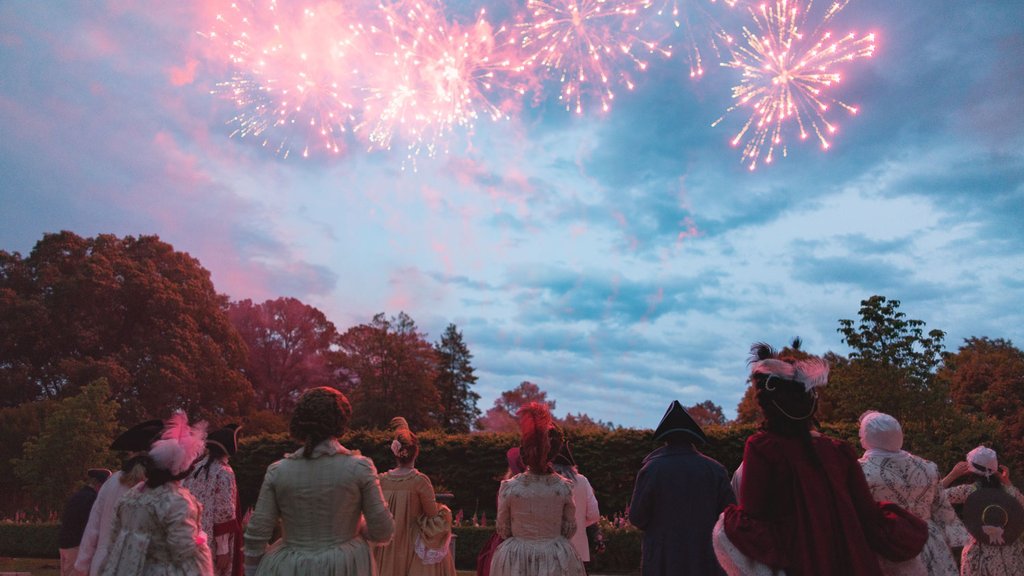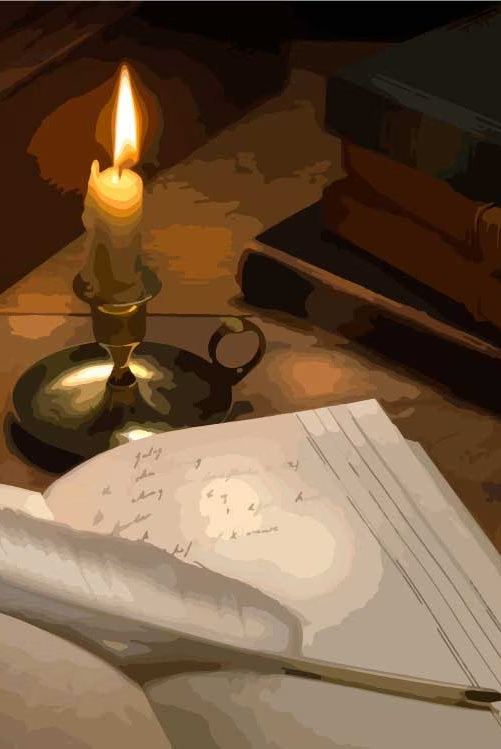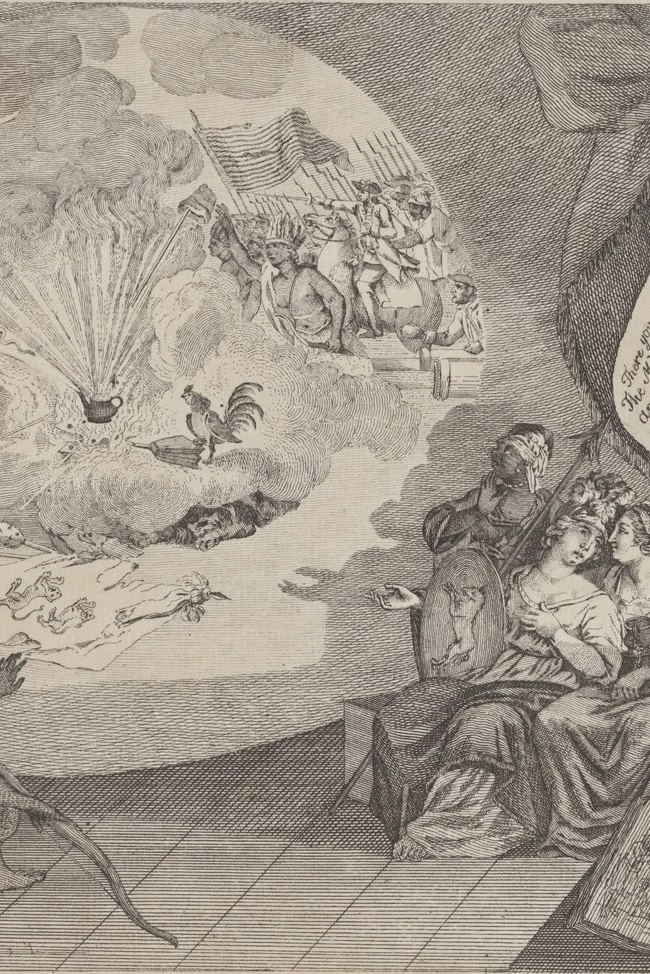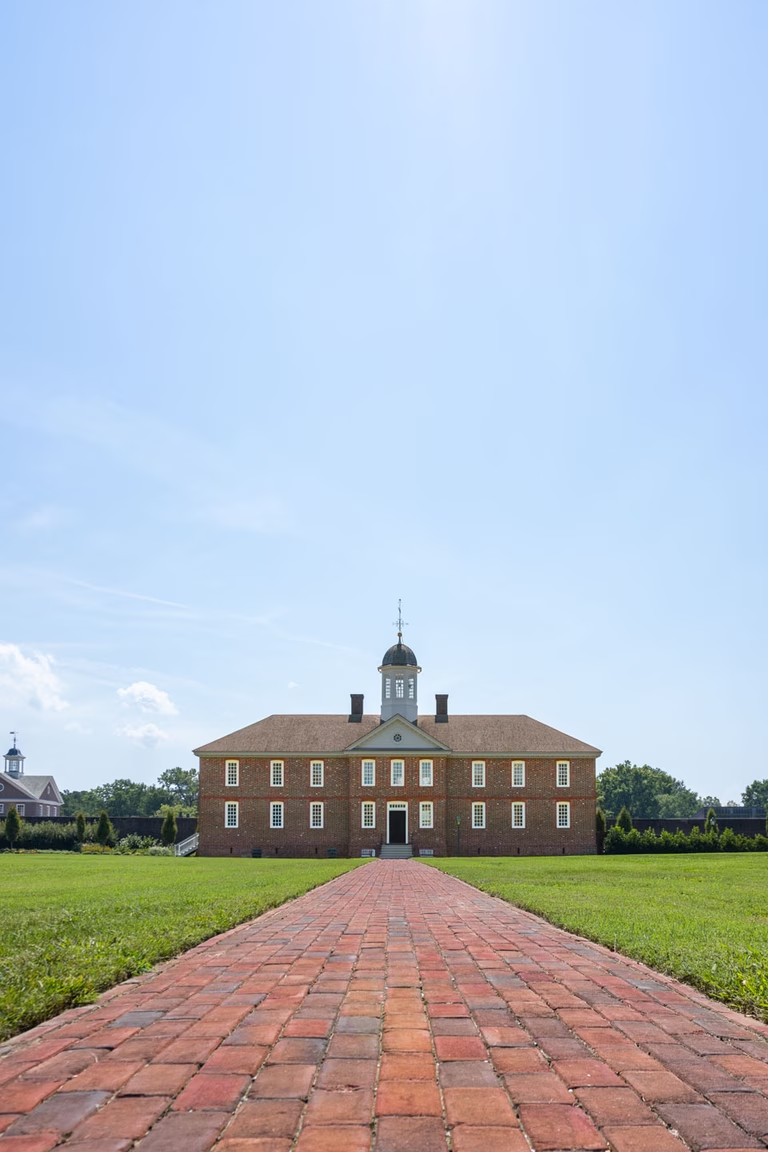Amid a crisis in the British empire, Virginia’s leaders had assembled as an independent political body that would not answer to the governor, Parliament, or the monarchy.
Road to Independence
One day, you’re living in a monarchy. The next, you’re in a republic. Virginia colonists had long prided themselves on their loyalty to the British monarchy. But in 1775, royal authority rapidly collapsed. Colonists threatened the governor. He fled. By the next year, Virginia was at the forefront of the continental movement toward independence. How did Virginia move so quickly from royalism to independence? Go deeper to learn more about how the people of Williamsburg led the way toward the American Revolution.
Explore the Road to Independence
In 1774, the Indigenous people of the Ohio Valley fought for their independence. Now known as the Shawnee-Dunmore War, this eruption of conflict became one battle in a lengthy war for the future of the Ohio Valley.
As John Murray, Earl of Dunmore stepped out into the humid darkness in the first hours of June 8, 1775, he left behind his family’s bright, comfortable home. He did not know, but might have guessed, that he would never return to the Governor’s Palace in Williamsburg. His departure marked the end of royal authority in Virginia.
To avoid interference from Governor Dunmore, the Second Virginia Convention met March 20, 1775 inland at Richmond — in what is now called St. John's Church — instead of the Capitol in Williamsburg. Delegate Patrick Henry presented resolutions to raise and establish a militia, and to put Virginia in a posture of defense.
Fireworks shows could be elaborate events. Some featured a central structure with painted illuminations, which might convey political meaning. The show might include pyrotechnics on a stage as well as fireworks launched into the air. Some were simple, others elaborate. Most fireworks did not have color additives and exploded in a golden orange.
